Archaeologists Attempt to Locate the Remains of 20,000 Fallen Soldiers From Historical Battles in Belgium
An archaeological excavation is set to take place at the historical site of the Battle of Waterloo in Belgium, aimed at discovering what happened to the remains of over 20,000 fallen soldiers.
Excavations set to be conducted this year aim to provide valuable insight into this historical battle while shedding light on the thousands of soldiers who died at the site over two centuries ago.
The Initial Events That Led to the Battle of Waterloo
During the latter part of the 18th century and the beginning of the 19th century, French Emperor Napoleon Bonaparte was at the center of recurring wars with the nations of Europe as he attempted to bring the continent under his command.

Source: Wikimedia
However, after a disastrous attempt to conquer Russia, Napoleon was forced into exile on the Italian island of Elba by a coalition of British, Prussian, Austrian, and Russian forces, who forced the French emperor to abdicate his throne.
Napoleon Returns to France
Unsatisfied with his forced retirement, Napoleon abandoned his exile on the island just a year later and returned to France in hopes of reclaiming his crown and dominion over Europe.

Source: Wikimedia
After hearing of Napoleon’s return, Great Britain, Austria, Prussia, and Russia signed a treaty, agreeing to deploy at least 150,000 soldiers each and march them toward France to overthrow the former French Emperor once more.
The Battle of Waterloo
The events would culminate in the Battle of Waterloo, which took place on June 22, 1815, near Waterloo, which lies in modern-day Belgium. Two armies of the European coalition went on to defeat Napoleon’s forces.

Source: Wikimedia
One was made up of soldiers from the UK, the Netherlands, Handover, Brunswick, and Nassau, while the other comprised the Prussian army. After the battle, Napoleon was exiled to St Helena in the Southern Atlantic, where he would remain for the rest of his life.
Future Excavations Planned at the Battlefield in Waterloo
During an excavation in 2022, archaeologists were scouring the site of a former field hospital on the Belgian battlefield when they discovered the remains of several horses that had been excavated alongside a human skeleton.
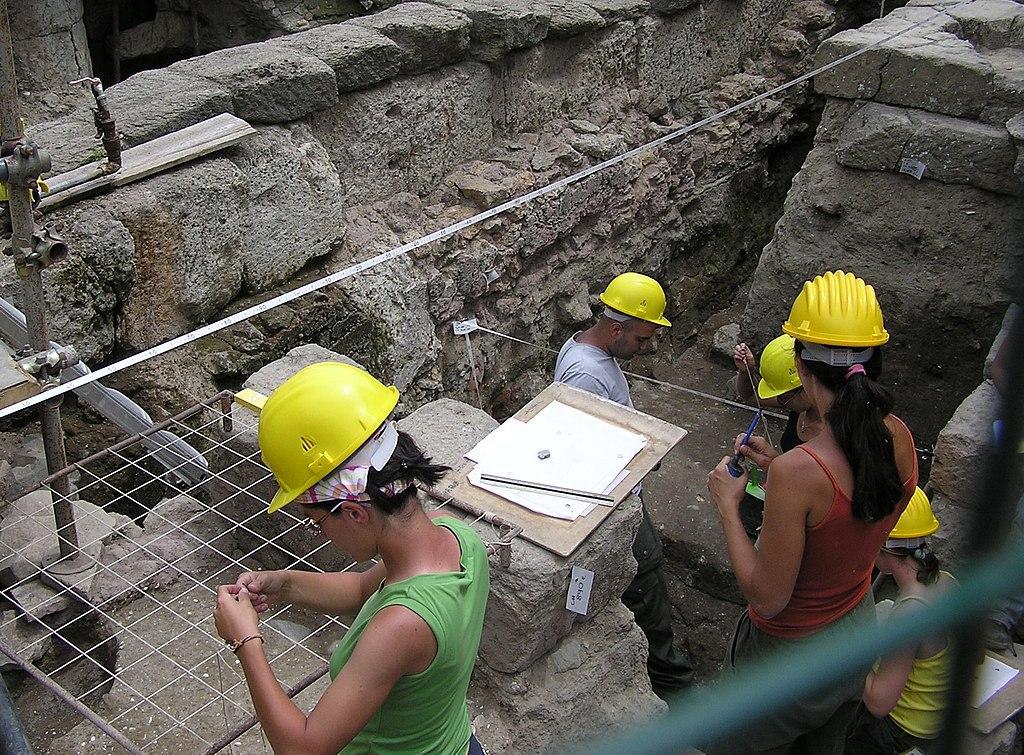
Source: Wikimedia
Now, further excavations are set to take place in an attempt to discern what happened to the remains of over 20,000 men who perished in the battle.
Amputated Limbs Discovered in Burial Pit
The “rare” discovery of 2022 was only the second human skeleton ever recovered from the battle site in Belgium. During this previous excavation, researchers also discovered amputated limbs belonging to humans.

Source: Wikimedia
In September 2024, Veteran support charity “Waterloo Uncovered” plans to conduct further excavations of the part of the site where the remains were unearthed to establish what happened to the soldiers and horses.
Human Bones Used as Fertilizer
Archaeologists have characterized the discovery of skeletons at the site of the Battle of Waterloo as “a highly unusual and historically significant occurrence.”
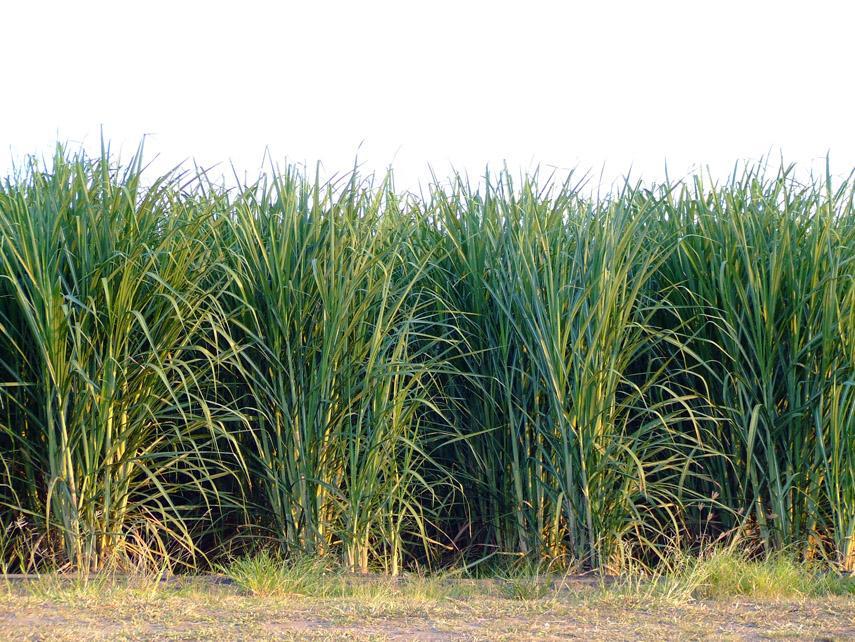
Source: Wikimedia
Historical evidence has revealed that numerous skeletons were later dug up and ground into bone powder to be used as fertilizer for the widespread production of sugar.
The Significance of the Findings
Professor Tony Pollard of the University of Glasgow, the project’s archaeological director, explained the significance of the findings in 2022.

Source: Freepik
“It’s an incredibly exciting site – the presence of amputated limbs, a complete human burial, and remains of euthanized horses in one trench make the site at Mont-Saint-Jean truly unique,” he said.
Horses Found in the Burial Pit
Pollard continued by sharing his thoughts on the remains of horses found within the burial pit.
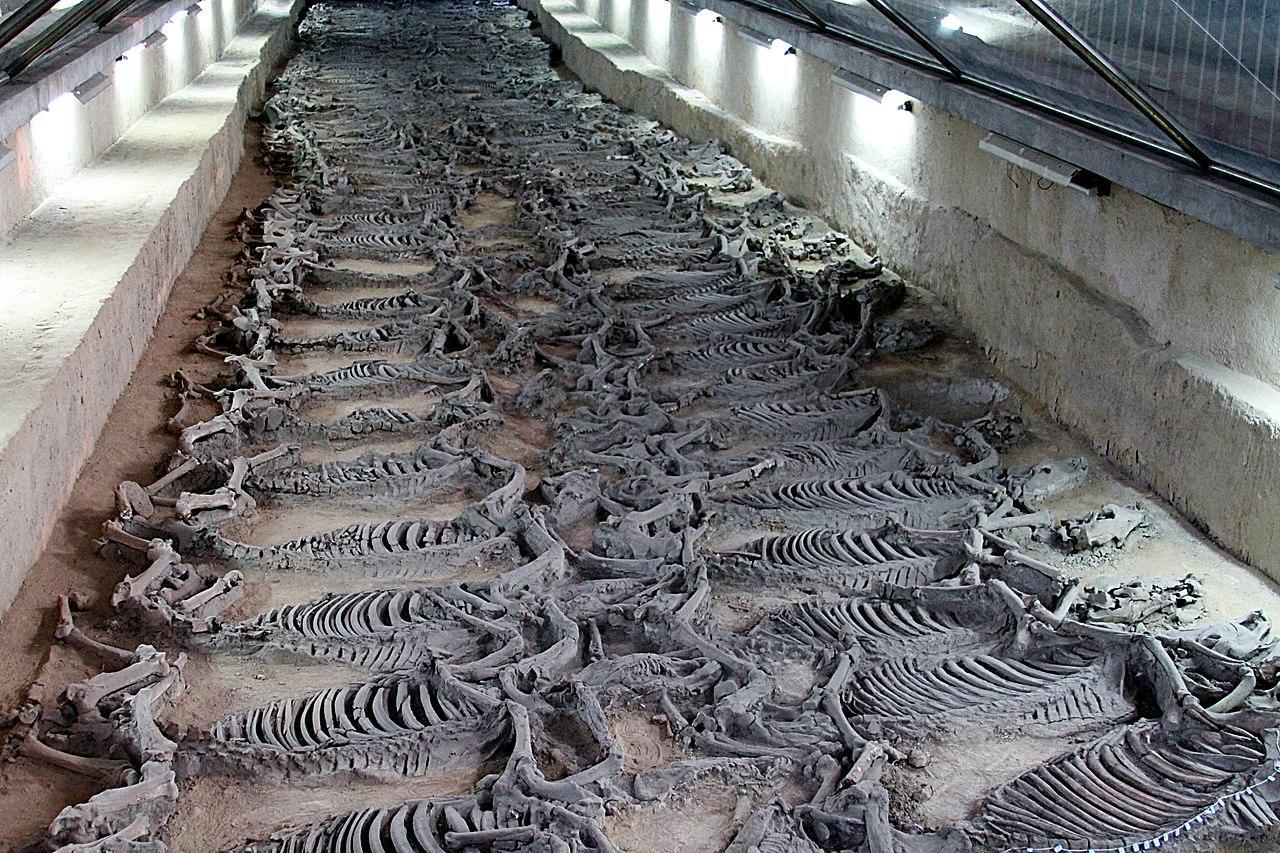
Source: Wikimedia
“Finding horses, which had been put out of their misery by shots to the head, and humans buried alongside each other, especially with the care and separation evident in this trench, is extremely rare,” he said.
Excavation Set to Begin at Mont-Saint-Jean in September
A team of international archaeologists, military veterans, and volunteers will participate in the excavation at Mont-Saint-Jean for ten days beginning on September 3, 2024.
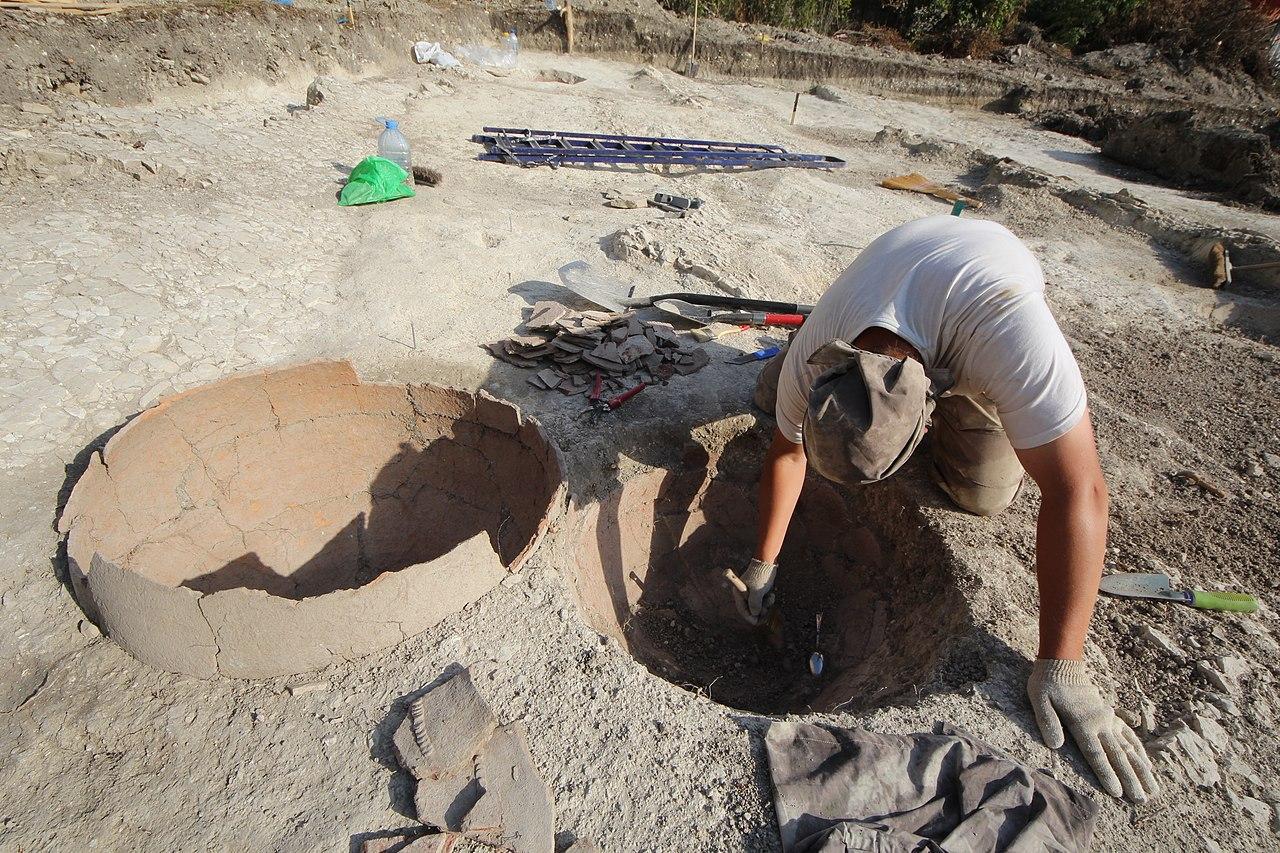
Source: Wikimedia
Previous excavations conducted by the charity have led to the discovery of a previously unidentified attack on the hospital. They also unearthed evidence suggesting the French nearly gained the upper hand in the battle at the gardens of Hougoumont.
Helping Veterans Transition Into Civilian Life
Waterloo Uncovered’s chief executive officer, Abigail Boyle, said, “Waterloo Uncovered supports veterans with their recovery and transition into civilian life.”

Source: Wikimedia
She added, “On-site, veterans and serving beneficiaries will learn key transferable archaeological skills, which will provide pathways into education, employment, or simply enable them to enjoy archaeology as a hobby.”
Charity Aims to Teach Veterans Archaeological Skills
Regarding its commitment to veterans, the Waterloo charity aims to provide those who have left the military with skills that can be transferred to other aspects of their lives.
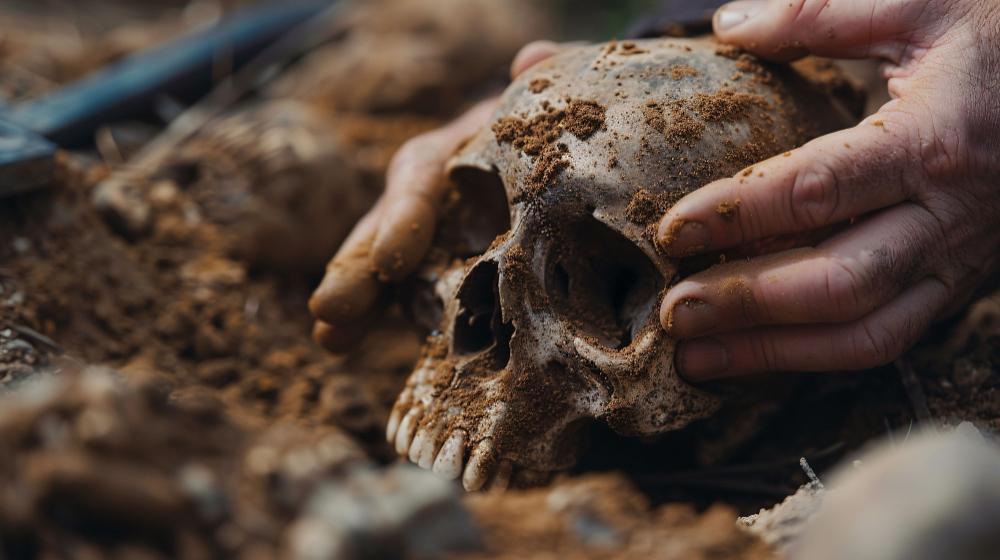
Source: Freepik
“On-site, veterans and serving beneficiaries will learn key transferable archaeological skills, which will provide pathways into education, employment or simply enable them to enjoy archaeology as a hobby.”
